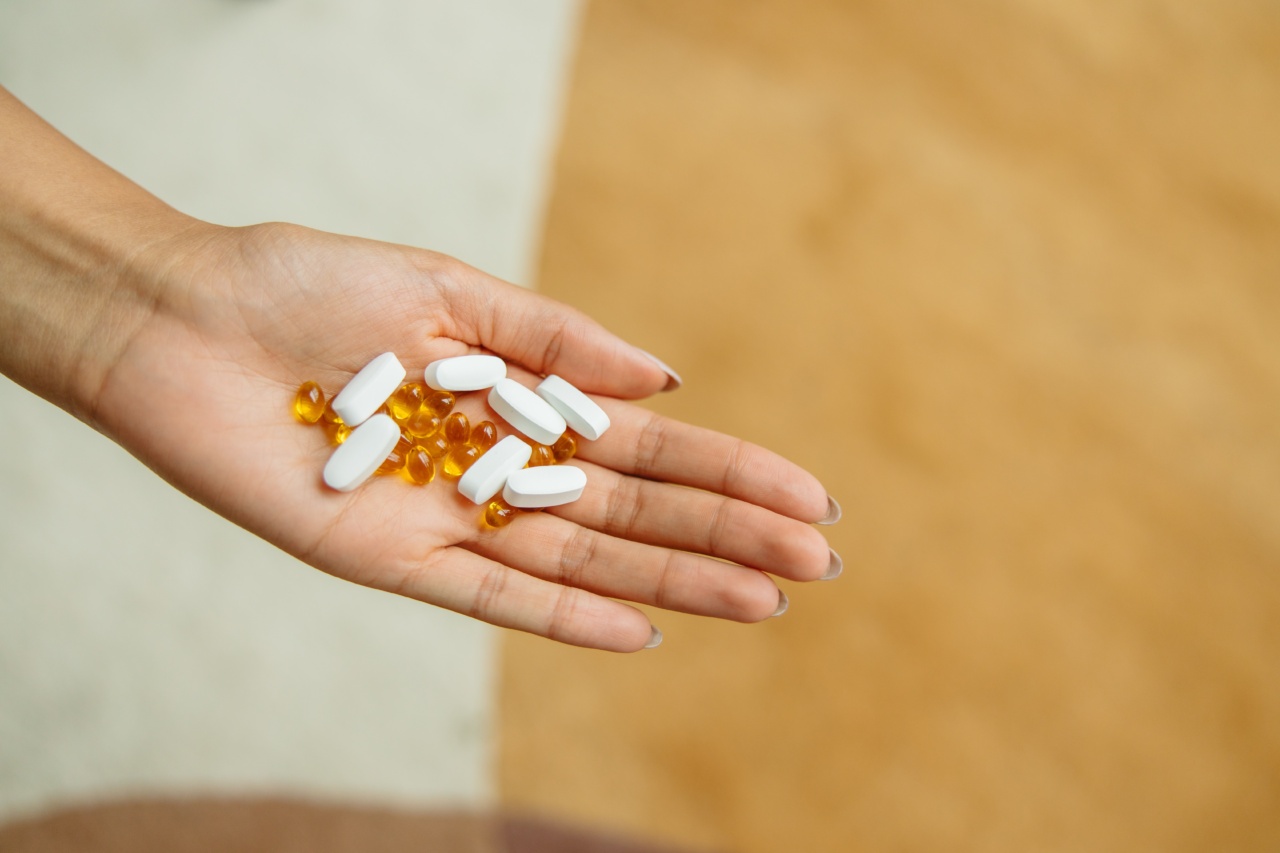Muscle atrophy is a condition that can occur due to various reasons such as aging, injury, immobility, and chronic illnesses. It is the loss of muscle tissue that leads to weakness, reduced mobility, and functional disability.
Nutrition plays a significant role in the treatment of muscle atrophy, and a well-balanced diet, coupled with physical activity, can help improve muscle strength and function.
Why Nutrition Treatment is Essential for Muscle Atrophy Patients
Protein is one of the essential macronutrients that help in muscle growth and repair. However, muscle atrophy patients need more than just protein, they also require a balanced diet consisting of carbohydrates, vitamins, and minerals.
Daily caloric intake should be based on the patient’s age, sex, and physical activity. A well-balanced diet should include the following:.
Carbohydrates
Carbohydrates are the primary source of energy for the body. It is essential to consume carbohydrates in the right quantity and type. Complex carbohydrates such as fruits, vegetables, and whole grains are the preferred choice over simple sugars.
Proteins
Proteins are essential for muscle growth and repair. Muscle atrophy patients require more protein than normal individuals. The recommended daily protein intake for muscle atrophy patients is 1.2 to 1.5 grams per kilogram of body weight.
Lean meat, fish, poultry, dairy products, nuts, and legumes are the primary sources of protein.
Fats
Healthy fats such as omega-3 and omega-6 fatty acids are essential for brain function and cardiovascular health. Patients should avoid trans and saturated fats that can cause inflammation and other health problems.
Vitamins and Minerals
Vitamins and minerals are essential for overall health and well-being. Calcium and vitamin D are crucial for bone health, while vitamin C helps in tissue growth and repair.
Patients can consume vitamin and mineral supplements if they have any deficiencies.
Physical Activity
Along with nutrition, physical activity is also crucial in improving muscle atrophy patients’ kinetic function. Studies have shown that resistance training can help prevent muscle loss and improve muscle strength.
Muscle atrophy patients should engage in physical activity according to their level of fitness, and a physiotherapist or an exercise specialist can provide them with guidance.
Conclusion
Nutrition treatment, combined with physical activity, can help improve muscle atrophy patients’ kinetic function.
A well-balanced diet including carbohydrates, proteins, fats, vitamins, and minerals can provide the essential nutrients necessary for muscle growth and repair. Patients should also engage in physical activity such as resistance training to improve muscle strength. Consult a healthcare professional before making any dietary or physical activity changes.































